What Battery Is Used In Humanoid Robots?
Humanoid robots, designed to resemble and mimic human actions, are at the forefront of robotics innovation. The global market for humanoid robots has been witnessing a significant surge in demand in recent years. These advanced robots, designed to resemble and perform tasks like humans, are finding applications in various industries, including healthcare, entertainment, retail, and manufacturing. As the adoption of humanoid robots continues to grow, it is fueling the demand for efficient and reliable batteries to power these complex machines. In this article, we will explore how humanoid robots are powered, the types of batteries they use, the development trends in this technology, and the challenges that developers face in improving humanoid robot batteries.

How Are Humanoid Robots Powered?
Humanoid robots are primarily powered by batteries, which provide the necessary energy to operate their motors, sensors, processors, and other components. The choice of battery and power management system is crucial because it determines the robot's operational time, mobility, and capability to perform complex tasks. In many cases, humanoid robots use a combination of energy sources. Alongside batteries, some robots are designed to harness additional energy from sources such as regenerative braking (similar to what is used in electric vehicles) or solar panels. However, batteries remain the core power source due to their ability to store and deliver energy efficiently.
What Batteries Are Used in Humanoid Robots?
The rapid advancement in humanoid robot technology has created a growing demand for more efficient and advanced battery solutions. As these robots become more sophisticated and capable of performing a wide range of tasks, the need for longer battery life and faster charging capabilities has become paramount in this rapidly evolving market. The following are three common batteris types used in humanoid robots.
Lithium-ion Batteries
One key technology that has gained significant attention is lithium-ion batteries. With their high energy density and longer lifespan compared to traditional batteries, lithium-ion batteries have become the go-to choice for many humanoid robot manufacturers. These batteries allow robots to operate for extended periods without the need for frequent recharging, thereby increasing their efficiency and productivity. Their agile design makes them ideal for various applications such as healthcare, manufacturing, and personal assistance.
Solid-state Batteries
Another promising technology on the horizon is solid-state batteries. These batteries offer several advantages over traditional lithium-ion batteries, including increased energy density, faster charging times, and improved safety. Solid-state batteries utilize solid electrolytes instead of liquid electrolytes, eliminating the risk of leakage and thermal runaway. This enhanced safety feature is crucial for humanoid robots, as they often interact closely with humans in various environments. Furthermore, the increased energy density of solid-state batteries allows for longer operating times, reducing the need for frequent battery replacements and downtime.
Hydrogen Fuel Cells
In addition to lithium-ion and solid-state batteries, researchers are also exploring alternative energy sources for humanoid robots. For instance, hydrogen fuel cells have shown great potential in providing a clean and sustainable power solution. Fuel cells generate electricity through the reaction of hydrogen with oxygen, producing water as the only byproduct. This not only eliminates the need for frequent recharging but also significantly reduces environmental impact. However, challenges such as hydrogen storage and infrastructure development need to be addressed for wider adoption of fuel cells in humanoid robots.
Development Trends in Humanoid Robots Battery Technology
The development of battery technology for humanoid robots is driven by the need for longer operational times, faster recharging, and enhanced safety. Current trends include:
Higher Energy Density
One of the significant trends in the humanoid robot battery market is the increasing demand for high-energy density batteries. Humanoid robots require batteries that can provide substantial power while maintaining a compact and convenient design. Researchers are continuously working on increasing the energy density of batteries. Higher energy density allows for more energy storage in the same volume, enabling robots to operate for longer periods.
Fast Charging
As humanoid robots become more autonomous, the ability to recharge quickly becomes critical. Advances in fast-charging technologies are reducing downtime, making robots more efficient in industrial and service settings.
Battery Management Systems (BMS)
Another key trend is the integration of artificial intelligence (AI) and advanced battery management systems (BMS) in humanoid robot batteries. AI-powered BMS technology enables intelligent monitoring and control of battery performance, ensuring optimal power distribution, charging, and discharging cycles. This integration enhances the overall efficiency and lifespan of the batteries.
Environmentally Friendly Solutions
Sustainability and environmental considerations are increasingly influencing the humanoid robot battery market. As the adoption of humanoid robots grows, there is a growing focus on reducing the carbon footprint associated with their operation. Some humanoid robots are being designed to integrate with renewable energy sources, such as solar power, to supplement their batteries. This approach is particularly useful for robots operating in outdoor or remote environments.
Challenges Encountered by Humanoid Robots Batteries
Despite the progress, several challenges remain in the development of batteries for humanoid robots:
●Energy Density vs. Size and Weight: There is a constant trade-off between increasing energy density and maintaining a compact and lightweight design. Heavier batteries can reduce a robot's agility and overall performance.
●Thermal Management: Batteries generate heat during operation, and in a compact humanoid robot, managing this heat is crucial to prevent overheating, which can lead to battery degradation or failure.
●Safety Concerns: Lithium-ion batteries, while widely used, are prone to overheating and can potentially catch fire if damaged or improperly managed. Ensuring safety while pushing the limits of battery performance is a significant challenge.
●Recycling and Environmental Impact: As the use of humanoid robots increases, so does the need for sustainable battery solutions. The recycling of batteries and the environmental impact of battery production are growing concerns that the industry must address.
●Cost: Advanced battery technologies, such as solid-state batteries, are expensive to produce. Reducing the cost while scaling up production is essential for making these technologies accessible to a broader market.
Conclusion
One of the key trends shaping the future of the humanoid robot battery market is the development of high-capacity and lightweight batteries. The development of high-capacity and lightweight batteries, coupled with intelligent power management systems, will enable longer operating times and improved performance for humanoid robots. As the demand for humanoid robots continues to soar, the ability to provide efficient and durable battery solutions will be crucial for businesses seeking to capitalize on this emerging market. As a global leading lipo battery manufacturer, Grepow offers high-energy-density semi-solid state batteries and high-capacity lipo batteries that perfectly meet the needs of humanoid robots. If you have any questions or needs, please feel free to contact us at info@grepow.com.
Related Article:
The World's First Humanoid Robot Participation in Half Marathon
Exploring the Power Behind Quadrupedal Robots: A Deep Dive into Robot Dog Batteries
How to Choose a Combat Robotics Battery?
Future Trends in Robot Battery Tech: From High Energy Density to Smart Management
Related Articles
-
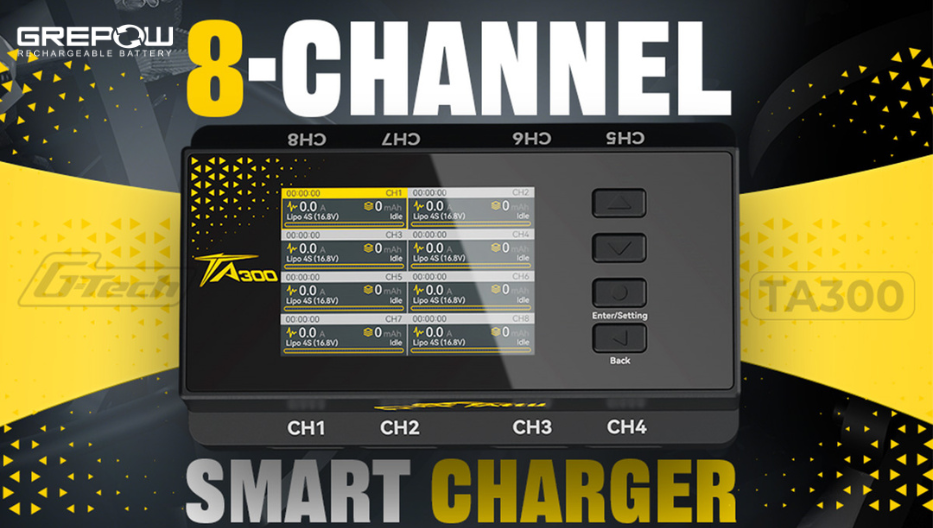
New Release: Tattu TA300 Multi-Channel Smart Charger for Drone Soccer
2025-09-12 -
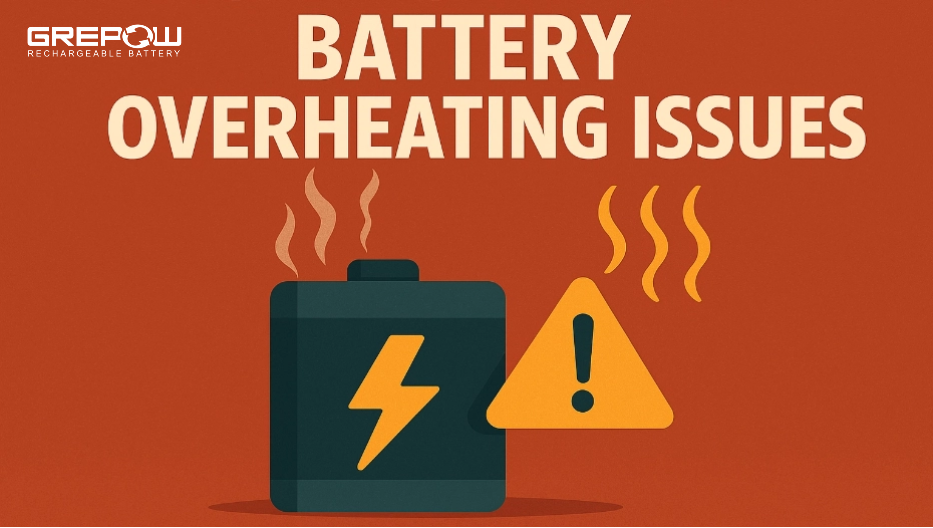
How to Handle Battery Overheating Issues?
2025-08-12 -
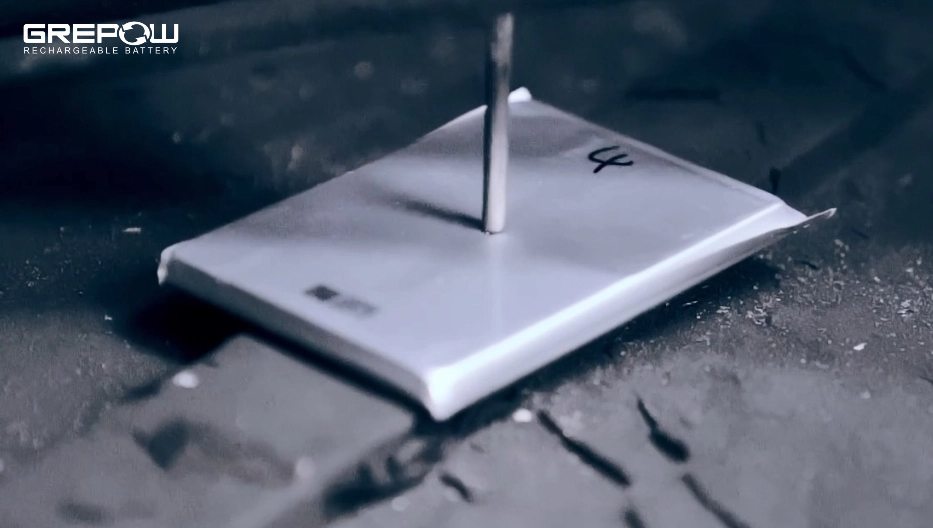
An In-Depth Look at the LiPo Battery Testing Process
2025-08-07
Related products
-
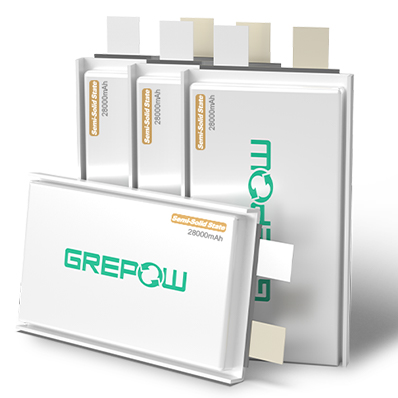
28000mAh Semi-Solid State High Energy Density Battery
-

20000mAh Semi-Solid State High Energy Density Battery
-
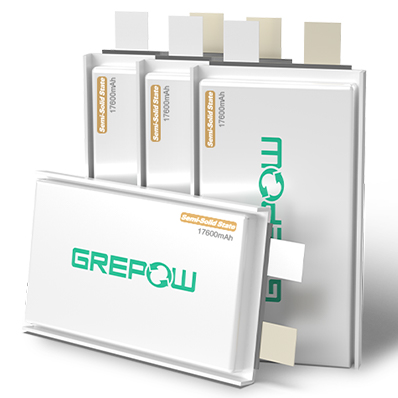
17600mAh Semi-Solid State High Energy Density Battery
-
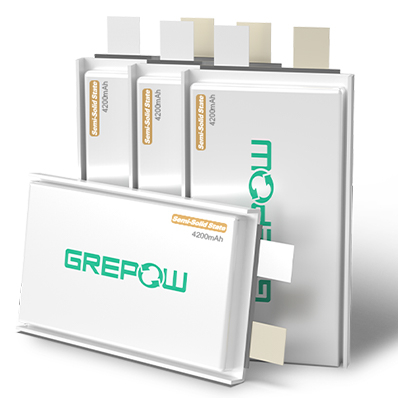
4200mAh Semi-Solid State High Energy Density Battery
















































